To describe Sri Lanka as Sri Rajapaksa may be just apt for the leader who changed the destiny of the island country. There are few international leaders in the contemporary global polity that have successfully changed the war-torn country in a vibrant progressive democracy in their lifetime. The charismatic leader accelerated the pace of development of the island country by pushing various infrastructure projects that transformed the growth rate and GDP of the country from 2009 onwards. Mahinda Rajapaksa served as the sixth President of Sri Lanka from 19 November 2005 to 9 January 2015. A learned lawyer by profession, Rajapaksa was first elected to the Parliament of Sri Lanka in 1970, and he served as Prime Minister from 6 April 2004 until his victory in the 2005 presidential election. He was sworn in for his first six-year term as president on 19 November 2005. He was re-elected for a second term on 27 January 2010. However, due to international and domestic reasons, he was defeated in his bid for a third term in the 2015 presidential election by Maithripala Sirisena and left office on 9 January 2015. Several months after leaving office, Rajapaksa unsuccessfully sought to become prime minister in the 2015 parliamentary election, where the United People’s Freedom Alliance was defeated. He was, however, elected as a Member of Parliament for Kurunegala District. On 5 August 2020, the Rajapaksa brothers emerged as the island nation’s most powerful duo making Sri Lanka a “Family state”. Sri Lanka People’s Front, the party led by the Rajapaksa brothers, won 145 seats in the 225-MEMBER parliament in the election. The victory brought the Rajapaksa brothers very close to the two-thirds majority required to make constitutional changes that could strengthen dynastic rule in the country, Mahinda Rajapaksa is presently serving as Prime Minister of Sri Lanka.
After becoming Prime Minister of Sri Lanka for the fourth time, Mahinda Rajapaksa has focused on the 2015 constitutional amendment that made the prime minister of Sri Lanka more powerful than the president. Rajapaksa reshuffled the cabinet tightening his grip over the small nation, PM Mahinda Rajapaksa 75, brought two relatives to the Sri Lankan Cabinet, which means there are four Rajapaksas in the 26 member Cabinet now. Mahinda will be in charge of the Ministries of Finance, Urban Development and Buddhist Affairs, Gotabaya will retain the portfolio of Defence Minister. Additionally, eldest brother Chamal Rajapaksa has been named the Irrigation Minister and Mahinda scion Namal Rajapaksa is the new youth and Sports Minister.
The most challenging phase of Mahinda Rajapaksa’s political career arrived after he took the Prime Minister of the country. After all, it was PM Rajapaksa who, as Sri Lanka’s president, began to obtain heavy loans from China, paving the way for Beijing to take control of the strategic Hambantota Port in December 2018 by then Prime Minister Ranil Wickremesinghe. Unable to pay off the debt to the Chinese, the previous Sri Lankan government handed over the Hambantota Port on a 99-year lease in lieu of about $1.1 billion, keeping at stake the country’s sovereignty. The fiscal challenges will test the political skills and experience of the newly elected Prime Minister in the coming days.
Historical perspective: Rajapaksa's political skills, diplomacy, willpower and military acumen were tested by the most horrific ethnic conflict that his country had witnessed. Although styling himself as a man of peace and a willing negotiator, Rajapaksa signaled his intention to end the peace process once in power by forging an alliance with the Sinhalese nationalist Janatha vimukthi Peramuna and the Jathika Hela Urumaya. The JVP had opposed the original 2002 peace process as treasonous. The agreement made with Rajapaksa included provisions that called for a revision of the ceasefire agreement to give the military broader powers against the LTTE, as well as ruling out any devolution of power to the Tamil people.
Immediately following his election victory, a series of mine blasts blamed on the LTTE in the country claimed the lives of many off-duty servicemen and civilians, pushing the country back to the brink of war. Following the closure by the LTTE of a reservoir supplying water to 15,000 people named “Mavil Aru” in government-controlled areas on 21 July 2006, the Sri Lankan military launched an offensive against the LTTE, bringing the entire reservoir under government control. Further military engagements have led to the LTTE being driven out of the entire Eastern Province of Sri Lanka and the loss of 95% of the territory they controlled. The Sri Lanka government declared total victory on 18 May 2009. On 19 May 2009 President Mahinda Rajapaksa delivered a victory address to the Parliament and declared that Sri Lanka is liberated from terrorism. It was a near miracle achieved by the Rajapaksa-led team and instantly he became a national hero and darling of the masses in Sri Lanka.
His presidency after ending the Civil War in 2009 is known for initiating large-scale infrastructure projects. Sri Lanka also made it into the “high” category of the Human Development Index during this time. Initiating, completing and developing many Highways, Roads, Colombo beautification projects, and rural infrastructure development projects are several major projects. However, the roadways are known for extremely high costs and are suspected of corruption and the large amount of Chinese loans tripled the country’s foreign debt and created an economic crisis. But Rajapaksa claimed that under him Sri Lanka started to experience rapid economic growth and the GDP growth rate reached over 7%. However, this has been disputed and after his fall the successor government revealed that GDP growth was inflated by using the year 2002 as the base year; which is usually revised once in five years. GDP growth for 2013 and 2014 which was 7.2% and 7.4% using 2002 as the base year was reduced to 3.4 and 4.5 percent respectively.
Capitalising on the end of the Sri Lankan Civil War in May 2009 and coming off an election win in January 2010 and with the near-collapse of the opposition United National Party, President Mahinda Rajapaksa rallied more than the two- thirds majority in Parliament necessary to pass an amendment to the constitution removing presidential term limits. On the 9th September 2010 the Parliament passed the amendment to remove presidential term limits from the Constitution. This amendment allowed Rajapaksa to run for a third term and cement his grip on power. The move came just a day after the Supreme Court ruled that a referendum was not required to make the change. The amendment had even more far-reaching consequences than just term limits, including provisions that increased the president’s power to act without oversight removing an independent advisory council that the president currently must consult before appointing people to important nonpartisan posts, like Supreme Court judges and members of the human rights and electoral commissions. A Parliamentary Council without veto power and with only two opposition members was created in its place.
The domestic politics of India in Tamil Nadu has compelled India to take an arms-distance approach with Rajapaksa that forced Rajapaksa to tilt toward China during his second term of Presidency. In fact, the Sri Lanka government did offer preferential infra projects to India but it received a lukewarm response from the Indian side. It was alleged that President Rajapaksa, during the 2015 presidential campaign and elections received large payments from the Chinese port construction fund that flowed directly into campaign aides and activities. The perception was created that Rajapaksa had agreed to Chinese terms and was seen as an important ally in China’s efforts to tilt influence away from India in South Asia. It is after his unsuccessful bid for the presidency in 2015: Rajapaksa adopted a more anti-China policy opposing major development projects such as the Southern Economic Development Zone in which China planned to invest over 5 billion USD. During the opening ceremony, protesters led by Joint opposition MPs ignored a court order banning protests in the area and violently opposed the projects at the event in which the Chinese envoy claimed that China will ignore “Negative forces”.
But the road to recovery for Rajaspksa has started with his proxy Sri Lanka Podujana Peramuna winning a landslide victory in the 2018 local authority elections. They were able to secure staggering 239 Local Government bodies out of 340. The SLPP has called for the resignation of the government and for fresh general elections to be held. Mahinda Rajapaksa has realized that his Chinese misadventure was the principle cause of the electoral debacle and he is gradually tilting toward India for the subsequent political lineup. The people of Sri Lanka have realized that without Rajaspaska in power, the prestige and economic development of the country are not possible. And finally in 2019-20: the son of soil secured the victory that brought the Rajapaksa brothers very close to the two-thirds majority required to make constitutional changes that could strengthen dynastic rule in the country has secured power to serve his countrymen. Activists, already alarmed by the diminishing space for dissent and criticism in the island nation, fear such a move could lead to authoritarianism.
Prime Minister Narendra Modi was the first foreign leader to call his Sri Lankan counterpart Mahinda Rajapaksa, followed by Dr. Subramanium Swamy and a host of world leaders and statesmen.
Here is the excerpt from the interview given to Prashant Tewari recently wherein he unveiled his vision for the future island country.
Q&A:
H.E. Your election for a second term of office in the Presidential election, held on January 26, 2010, saw the Sri Lankan electorate freely participating in elections after more than two decades of turbulence of unrest and war; you are termed as the messiah who liberated the country from the terrorism of the Liberation Tigers of Tamil Eelam (LTTE), and set the country on the path to peace, a stronger democracy and rapid economic development. There is no leader worshiped by the native population more than you in the recent past, but what went wrong in 2015?
It was an international conspiracy against my government that was successfully implemented by certain political opponents to capture power in 2015. I will not reveal the name of the countries involved but I will be cautious in the future. The opponents have successfully alienated the minority community from SLFP to facilitate consolidation against us. However, everyone has realized the bad governance of the current government and the gimmicks played by them. I am sure the trends of the local elections clearly indicate that SLFP is on its way back to power in the next general elections.
H.E. The rare criticism that can be made out of your political career is that you promoted nepotism, appointing three brothers to run important ministries and other political positions for relatives, regardless of their merit. Your brother Gotabhaya Rajapaksa, who was given the post of defense secretary, controlled the armed forces, the police, the Coast Guard and immigration and emigration. You appointed your brother Basil Rajapaksa as minister of economic development. Your oldest brother, Chamal Rajapaksa, was appointed the Speaker of the Parliament of Sri Lanka from 2010 to 2015, and has held many other posts before. Others include your nephew, Shashindra Rajapaksa, who served as the Chief Minister of Uva from 2009 to 2015. Some of his cousins were given ambassadorial positions: Jaliya Wickramasuriya was appointed as Sri Lanka's ambassador to the United States, as well as udayanga Weeratunga, who was appointed the ambassador to Russia. daily Telegraph UK has published a story ‘Sri Lanka: a country ruled as a family business by four brothers, how did you react to it?
I think the narrative build is completely false, all of the above are elected by popular votes in their respective constituencies and all of them have won the elections by the largest margins in various elections. Surely if the people like them, how can they be ignored? However, I had appointed Gotabhaya Rajapaksa by executive order because I thought he was the right person to deliver what we wanted at that time. And my stand is vindicated when he displayed tremendous skills to eliminate terrorism during our arm struggle against LTTE.
H.E. You won the Presidency of Sri Lanka on a wide-ranging policy, which was largely people-oriented and was laid out in the “Mahinda Chinthana” – The Concepts of Mahinda – which promised, among others, the defeat of terrorism and the advance of democracy. It also offered social democratic approaches to economic and social issues, the continuance of social welfare policies such as free education and free health, an end to privatization of the State sector, a huge commitment to infrastructure development, strengthening of the rural sector of the economy, protection of the environment and the upholding of traditional values such as the humane treatment of animals. You almost achieved every promise made to the people, how satisfying has been your experience of governance?
Mahinda Chinthana means good governance for all. We have drafted it to incorporate the desire of every section of society in the political mainstream so that nobody is left unattended. Our concept is rooted in the soil, the governance that springs from the bottom of the pyramid. Yes, we have achieved most of our promises but we have to travel miles ahead to fulfill the aspiration of our native people.
H.E. You went through a most trying period during the first five months of your Presidency, from barely two weeks after his election, with the separatist Liberation Tigers of Tamil Eelam (LTTE) launching attacks on the security forces and civilians. From early December 2005 until mid-April 2006, you showed considerable patience and forbearance, for which you won international admiration, in the face of provocative violence by the LTTE that killed nearly 600 people. You allowed limited attacks on LTTE positions only after it carried out a failed suicide bomb attack to assassinate the Army Commander in April 2006. You demonstrated commitment to peace and negotiation by reopening talks with the LTTE, which it had unilaterally walked away from in April 2003. But the LTTE did not reciprocate your moves for peace. How difficult it was to push for the military offense knowing the importance of defeating the LTTE and its terrorism, taking a firm stand against Western powers and international institutions that pressured you to have a ceasefire with the LTTE during the last stages of the battle. You rejected those pressures as interference in the sovereignty of Sri Lanka, and were not swayed by threats of economic and other reprisals by Western forces that were supportive of pro-LTTE expatriate Sri Lankans in those countries? Please narrate the experience of dealing with the international community in an emergency situation so that many countries battling terror can be inspired by your story?
To be honest, we knew that wiping out terror will take tremendous pain and stress for us but we wanted to live in peace permanently. The main issue was India because Tamil Nadu is an important state for India and the sentiments were flared up by certain vested interests against the probable action. We created TRIOKA plan wherein three high officials of each side were deputed for regular exchange of information to facilitate proper coordination. And it worked because it removed the chances of any wrong information dissemination on either side. Finally, we offered the peace option to LTTE or face a war and they opted for the latter. We did face tremendous pressure from all UN organizations, certain pockets of Tamil influence countries and local pressures but we were resolute to solve the terror issue permanently. Many European countries and their leaders visited our country to mediate in between the war but I have made it a point to stick to my original decision of wiping out terror from the soil of Sri Lanka. Today, we are one of the most peaceful democratic countries in the world and I can take immense pride to say that I was always right in the conflict that was forced on us by LTTE.
H.E. You are one of the few exceptional leaders in the modern era who have successfully transformed a war-torn country into a vibrant democracy in his lifetime. Speedy action was taken to restore democracy to the region with the holding of Local Government elections there and elections to the first Eastern Provincial Council, all within one year of clearing the region of terrorism. The Provincial Council elections saw the emergence of a former child soldier of the LTTE, Mr. Sivanesathurai Chandrakanthan, as the Chief Minister of the Province. The process of democratization was further enhanced when the former leader of the breakaway group from the LTTE, Mr. Vinayagamoorthi Muralitharan, whose nom-de-guerre was Karuna Amman, was sworn in as the Minster for National Integration and Reconciliation. The remarkable transition from a war-torn country to a peaceful nation was achieved by you within no time, we have seen many Middle Eastern countries going through a similar trauma but ending up as failed states after the war but Sri Lanka and Rajaspaska did the impossible, we would be keen to know – how?
Thanks for informing me about this remarkable fact of history that even I have not realized during my fight against terror. It is now after talking to you I do agree with the fact that the entire effort by me and my team was exceptional. We have taken huge risks in the process like releasing twelve thousand prisoners in 2009 immediately after the war was over. It could have gone wrong but we fought the war with a humanitarian approach. We realized that the people fighting are misguided by vested interests and they are our own people. The entire war was fought keeping our country’s interest first. The Defence forces of the country must be commended for the most remarkable job done in recent war history anywhere in the world. They cleaned up the land mines in the north within one year after the war was over to facilitate an immediate popular election process in the entire country. This brought confidence in the native population that we are humanitarian in approach and beliefs in rule of law. And if you have people's confidence in you, then anything is possible in a democracy. We invested over a billion dollars in the northern part of the country to build infrastructure and better living conditions for our countrymen so their love and affection were reciprocated in my next presidential elections of 2010 I won by huge margins.
H.E. At the young age of just 24, you were elected to Parliament as an SLFP member from the Beliatta electorate in 1970. Even after five decades, your political journey continues unabated. Off course, it has taken many decades of service to the people, demonstrating an unfailing loyalty to your political party and leadership, and boldly facing the rough and tumble of politics. Today when you look back to history, you are satisfied with the efforts put up by you to serve your country or there are some unfulfilled dreams left?
Yes, till 2015: the direction of the country and the pace of development were fantastic but I was forced out of the office due to international conspiracy. I want to bring the country back on track so that the people of my country can live in peace and prosperity.
How do you see the present state of India Sri Lanka's relationship?
All is good but we have to strengthen it further. We have to continue the dialogue with the Indian government on a regular basis on economic, fisheries, free trade agreements, etc to build a more focused mutual relationship. I appreciate the efforts made in an individual capacity by Dr. Subramanium Swamy to improve the bilateral relationship between the two friendly countries. An effort must be made from both G2G and P2P levels in consolidating the relationship.
From: Prashant Tewari for Opinion Express & The Pioneer: CONTACT - prashant.tewari@opinionexpress.in
* This interview is from our Achieve store.







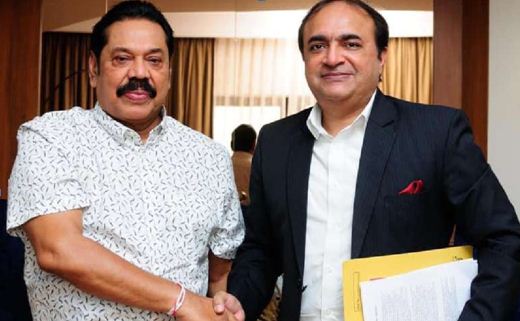
 OpinionExpress.In
OpinionExpress.In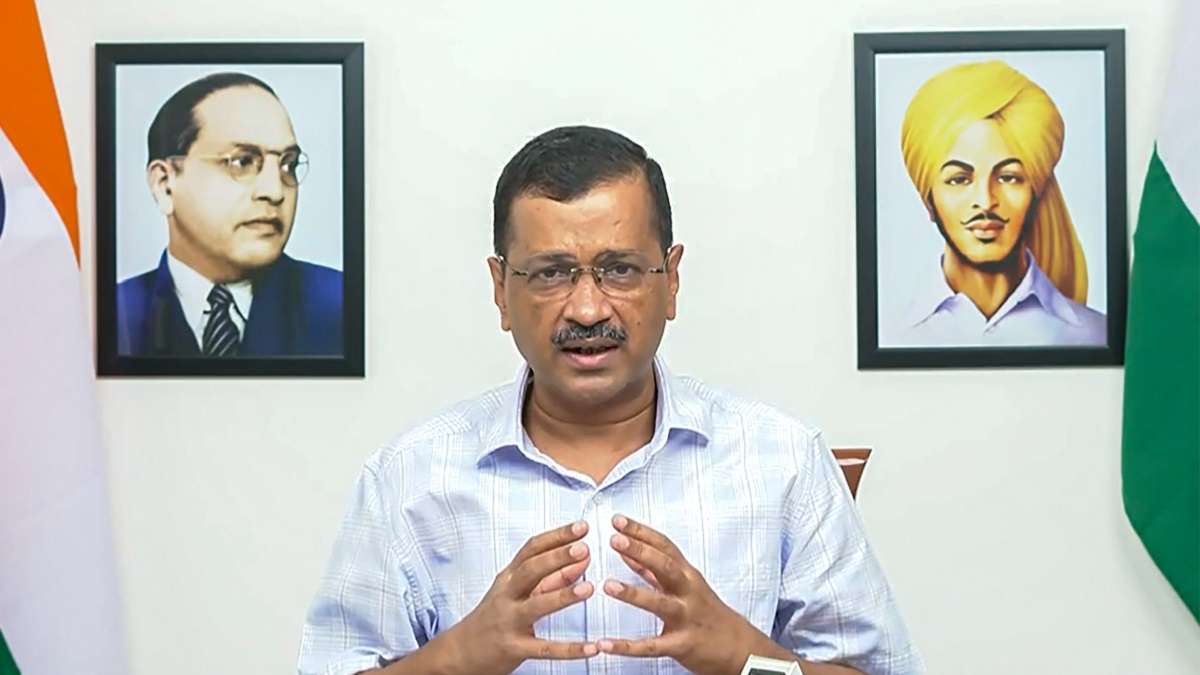
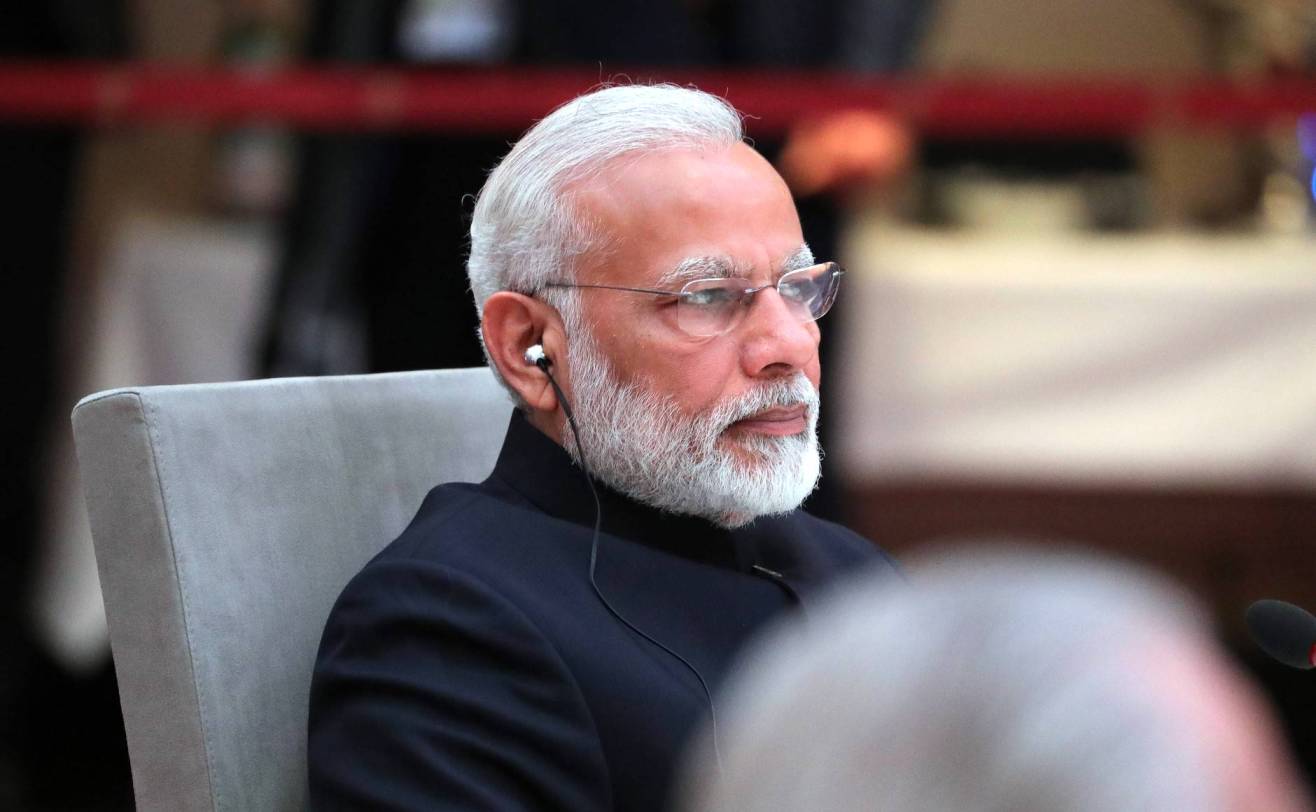
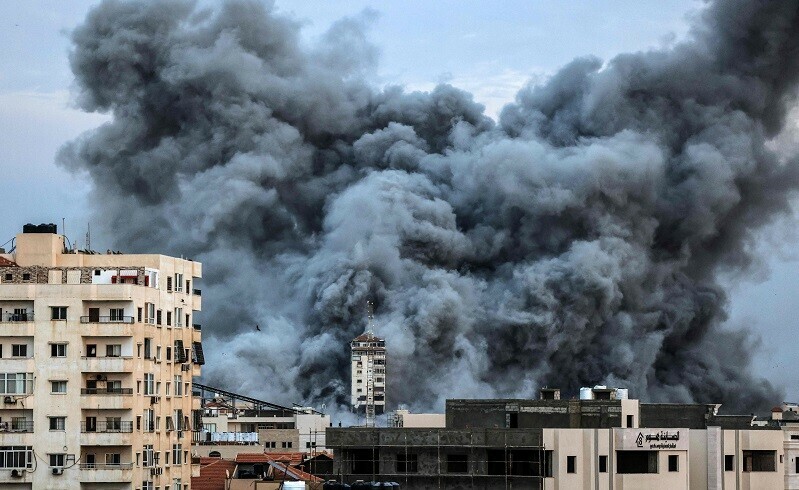
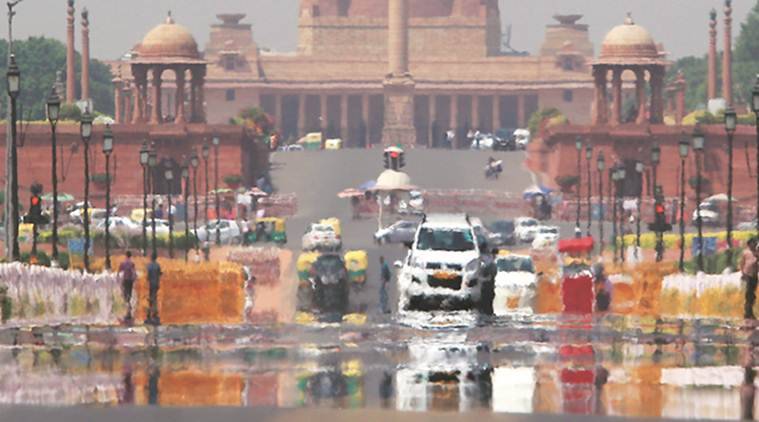
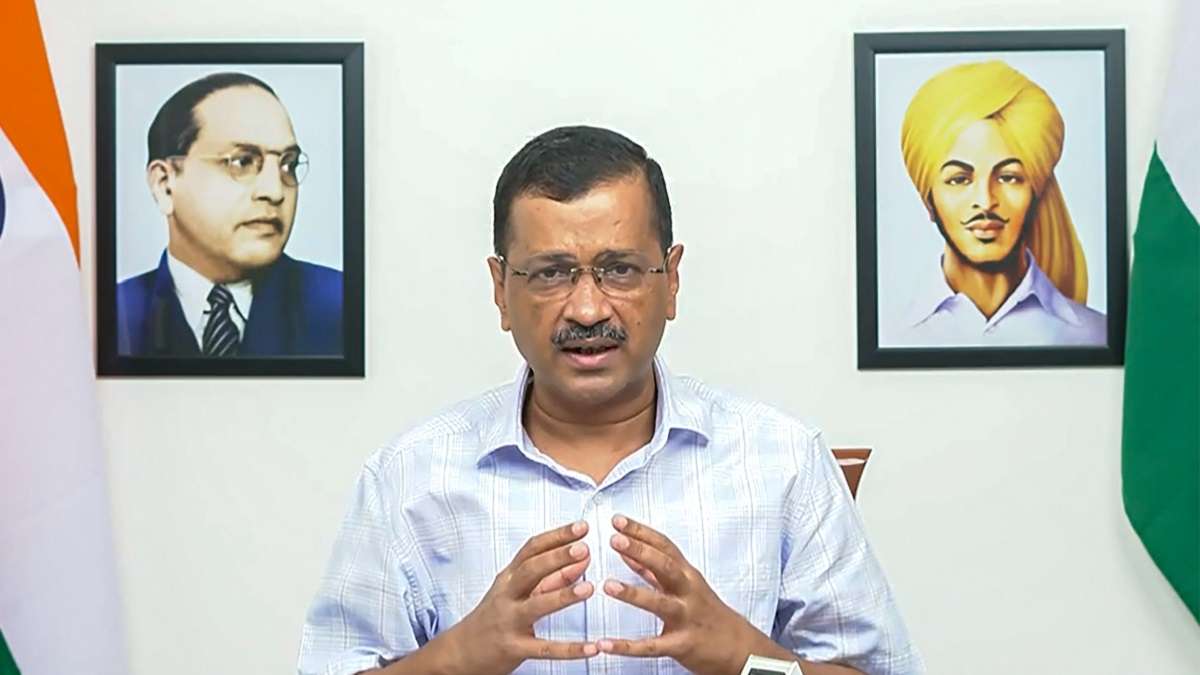
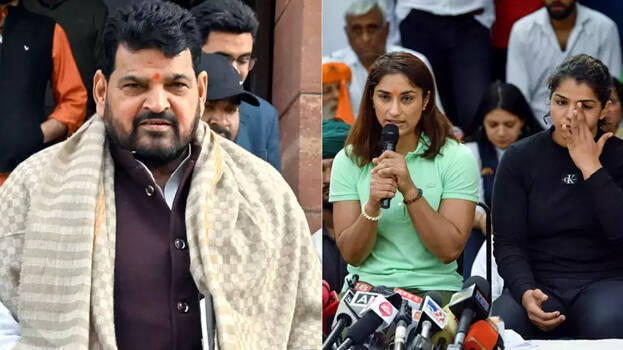
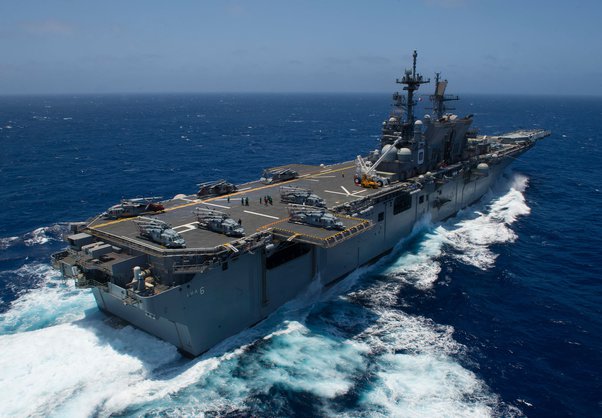
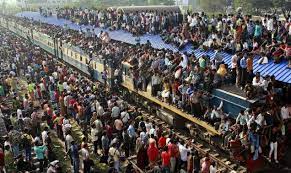
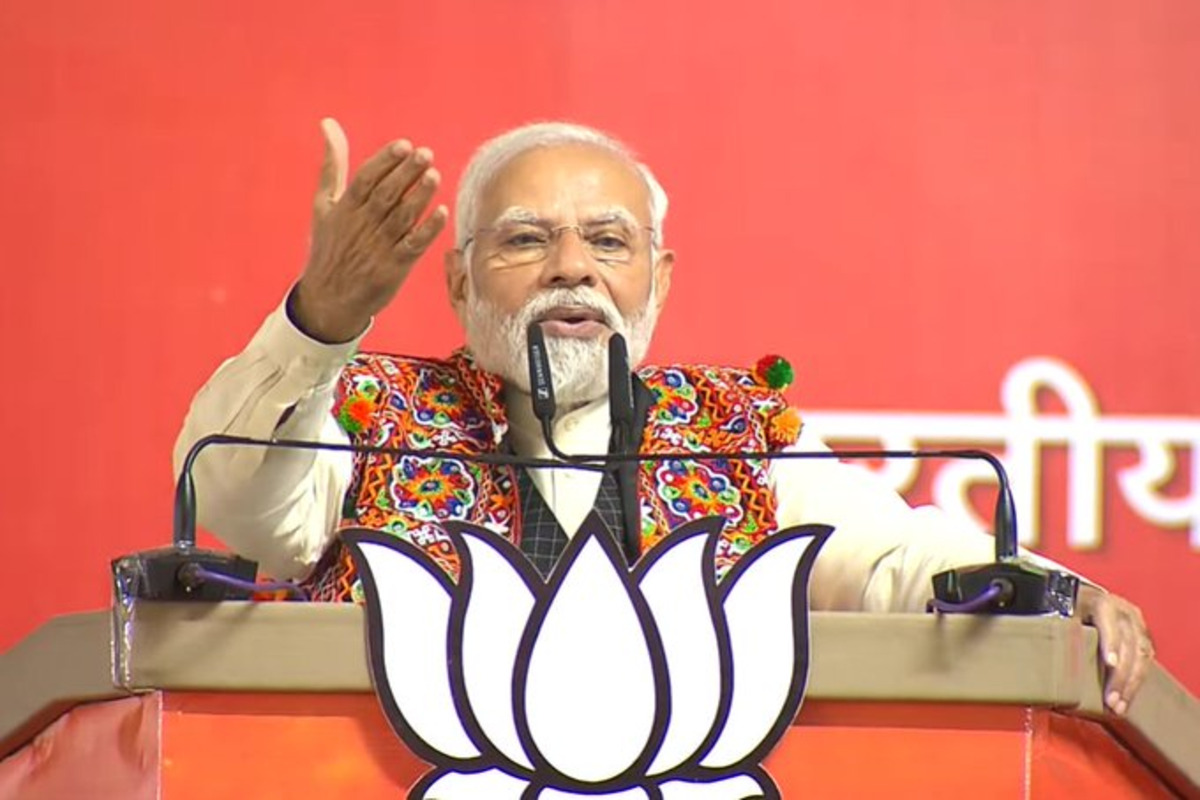
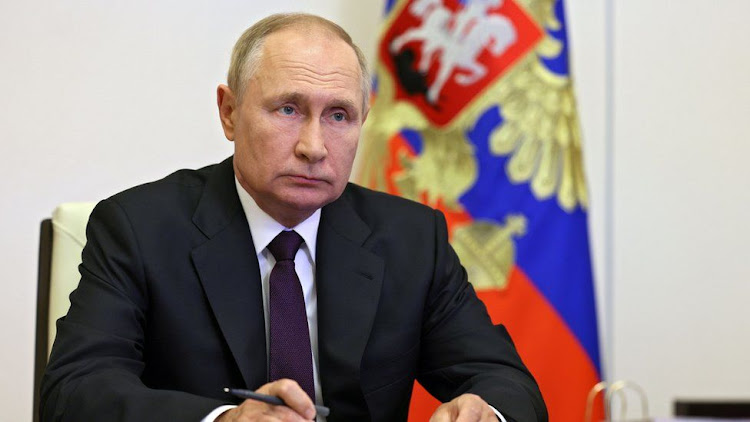






Comments (0)